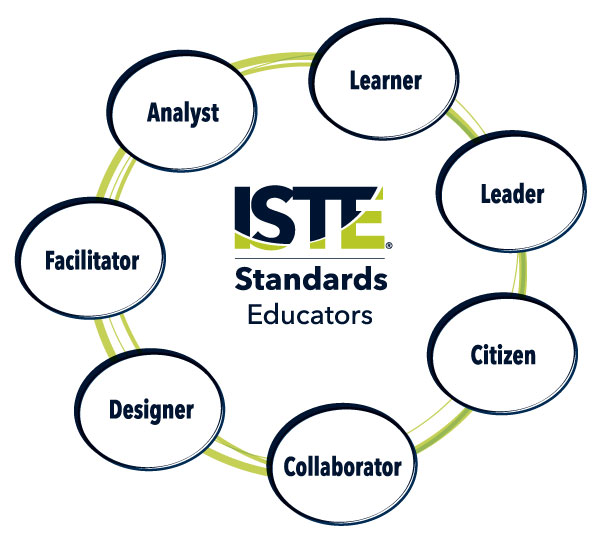So, you have put the big pieces in place to keep your data safe online. You have a password manager (I use NordPass), have checked whether your accounts have been compromised through data breaches, and are feeling pretty good about your choices. Gold star for you!
Did you know that when you give an app access to your contacts you are making their data available to that company? Did you get consent to share their info? Maybe you’re thinking, sure but if they never make an account then it’s no big deal. But what if…you’re putting their data at risk?
There are some common ways that we unintentionally share other people’s data. Let’s talk through a few!
(Don’t) Sync your contacts
If you use your contacts robustly and include addresses, birthdays, and (as I do) food allergies, kids’ names and birthdays… then you have an extra layer of consideration. Even if your friend doesn’t put that info about themselves online, you have made it available.
Erase metadata from photos
Are you posting images with metadata attached? Not sure? Odds are you’re sharing way more than just the picture. When you post a photo, apps (and humans) can access the metadata attached to the image? The Your Metadata is Showing episode of the Note to Self podcast changed how I post photos. There are many strategies, tools, settings, and apps for removing the EXIF / metadata from your photos so the image is no longer trackable by that info. A quick search for remove EXIF and your photo management tool (iPhoto, Google Photos, etc.) will provide options.
Protect your face
Do you get consent before posting images of people? Facial recognition software (such as Clearview AI) scans social media for any faces it can get access to. Even people who don’t have social media accounts can be identified through these processes. Facial recognition AI is often used for nefarious purposes, like targeting arrests to punish civically engaged citizens. Laws and regulations haven’t come close to keeping up with (much less preventing) companies from using our faces in ways we haven’t agreed to and don’t want. You can learn more about the harms of AI from the Algorithmic Justice League.
The thing about all of this is that even if we don’t have total control over how data is collected and used, we can take steps to protect each other. I’m not proposing you stop sharing your life online. I just want you to think about who else is impacted by your choices. Like the signs outside of my local grocery store says, “my mask protects you, your mask protects me” we can all take care to notice what we’re sharing and make sure it’s what we think it is.

ISTE Standards for Educators
Citizen 2.3.d. Model and promote management of personal data and digital identity to protect student data privacy.

ISTE Standards for Educators
Citizen 2.3.d. Model and promote management of personal data and digital identity to protect student data privacy.
